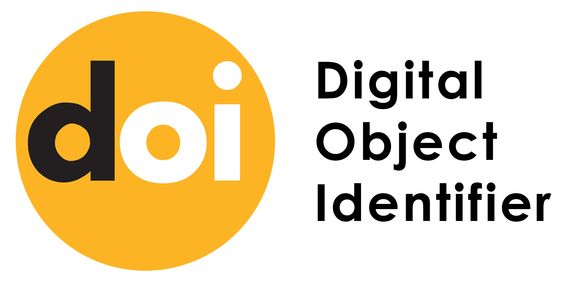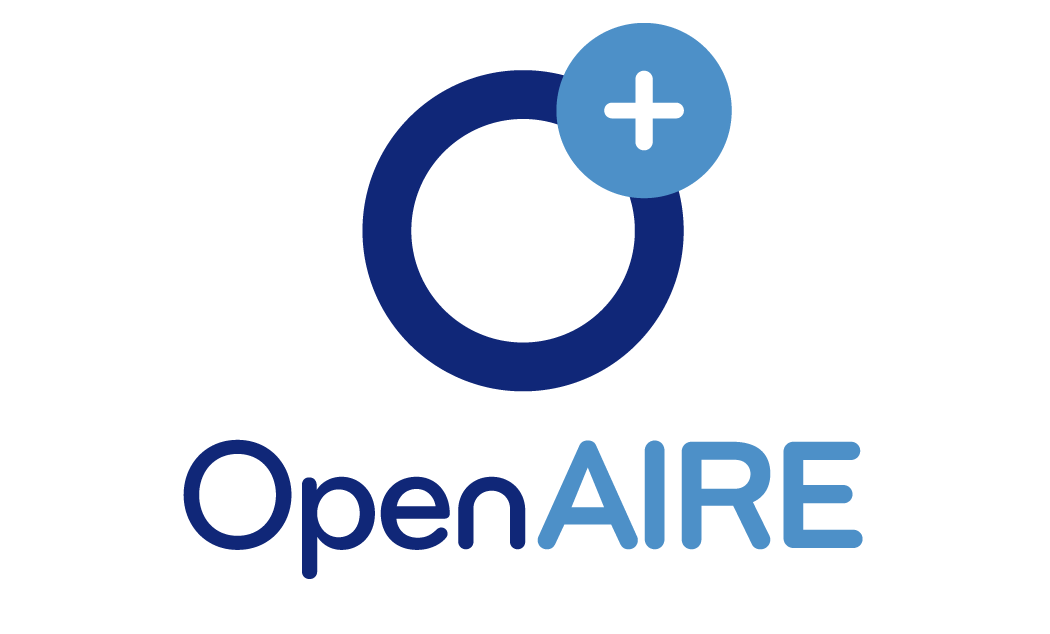THE ROLE OF CRITICAL THINKING IN SECOND LANGUAGE ACQUISITION
Keywords:
critical thinking, second language acquisition, language learning, cultural background, educational background, language instructionAbstract
This thesis explores the role of critical thinking in second language acquisition (SLA) and its implications for language learners. It investigates how critical thinking skills can enhance language learning, the influence of cultural and educational backgrounds on critical thinking abilities, and the potential challenges and benefits of promoting critical thinking in SLA contexts. The study concludes by suggesting effective strategies to integrate critical thinking into language instruction to facilitate meaningful language acquisition.
References
Anderson, L. W., & Krathwohl, D. R. (Eds.). (2001). A taxonomy for learning, teaching, and assessing: A revision of Bloom's taxonomy of educational objectives. Longman.
Costa, A. L., & Kallick, B. (2008). Learning and leading with habits of mind: 16 essential characteristics for success. ASCD.
Ennis, R. H. (1987). A taxonomy of critical thinking dispositions and abilities. In Teaching thinking skills: Theory and practice (pp. 9-26). Routledge.
Norris, S. P., & Ennis, R. H. (1989). Evaluating critical thinking. Pacific Grove, CA: Midwest Publications.
Paul, R. W. (1992). Critical thinking: What every person needs to survive in a rapidly changing world. Foundation for Critical Thinking.








